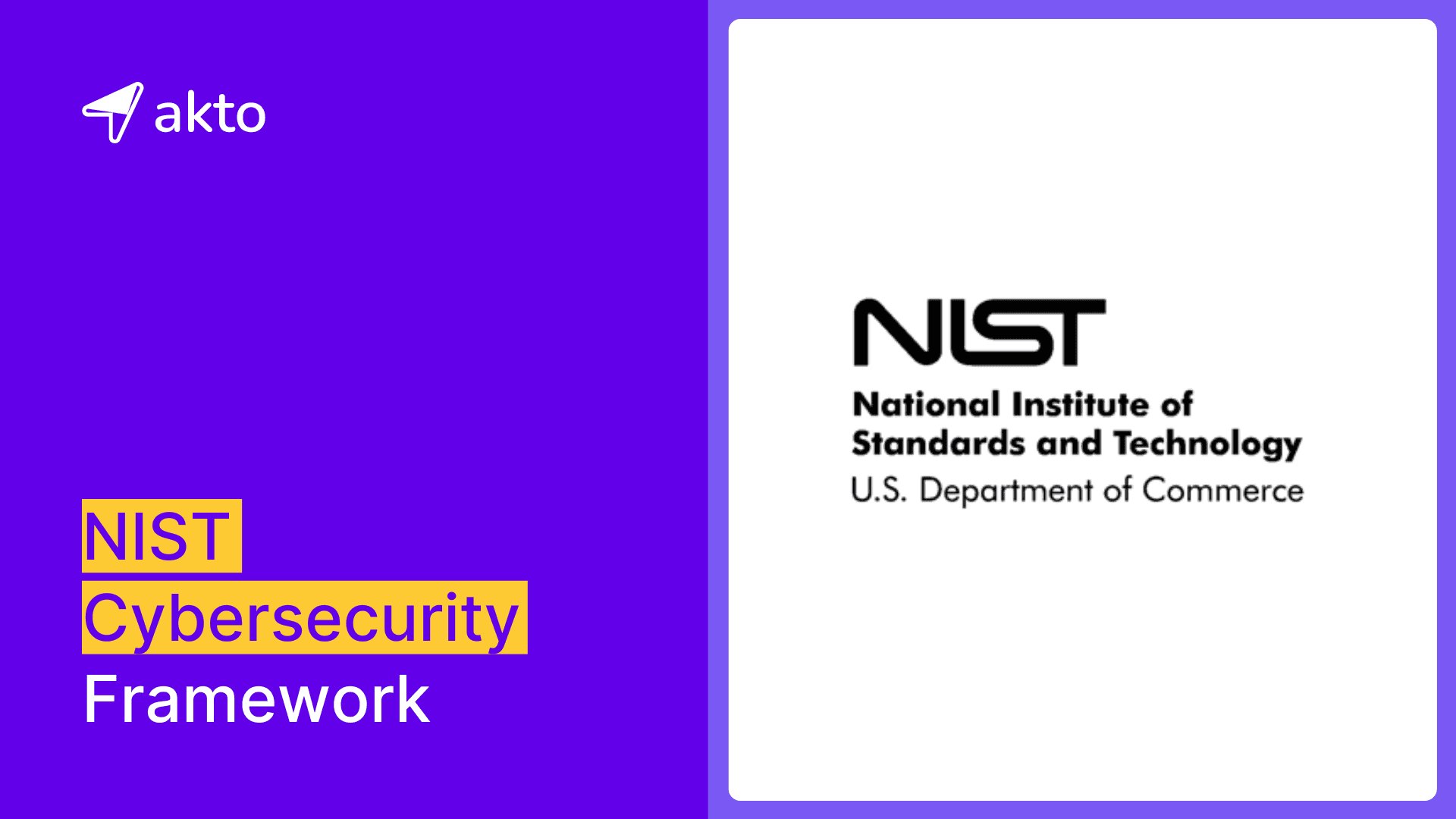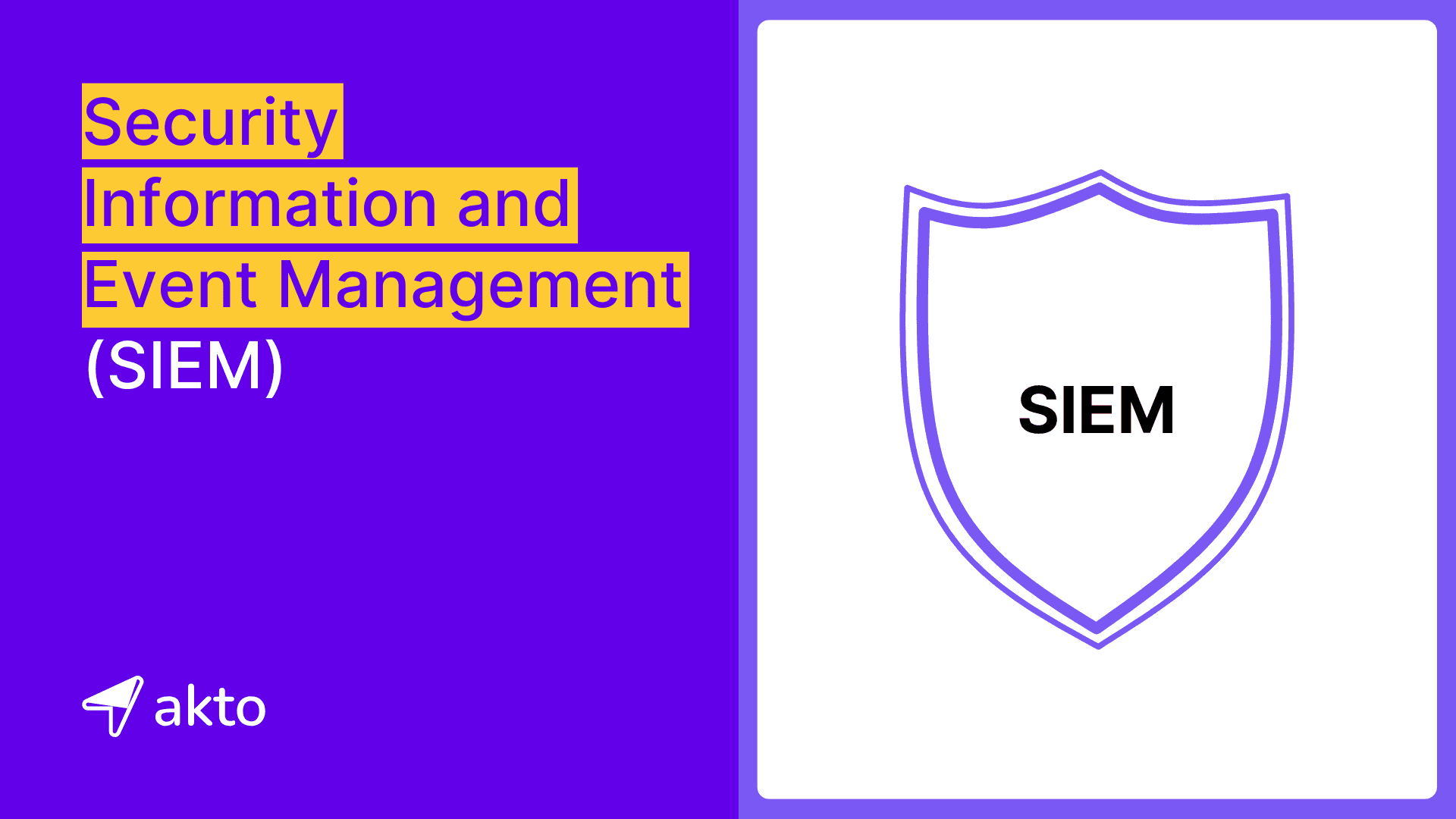Vulnerability Assessment: Key Process and Benefits
Vulnerability Assessment is the process of identifying and ranking potential security flaws in an organization's system based on their severity.

Muze
Aug 28, 2024
Vulnerability assessment identifies, categorizes, and ranks security weaknesses in devices, software, and network connections in organizations. It equips application security engineers with the necessary knowledge, awareness, and risk background to understand and react to threats.
This blog will teach you about vulnerability assessment, its importance, types of vulnerability assessments, steps in vulnerability management, tools for identifying vulnerabilities, and a vulnerability assessment example.
Let's begin!
What is Vulnerability Assessment?
A vulnerability assessment actively identifies potential security flaws in a system. It evaluates the system's risk of known vulnerabilities, rates their severity levels, and proposes measures to fix or mitigate them when necessary.

Vulnerability assessments identify and mitigate risks, including:
Code Injection Attacks: Attackers exploit SQL injection, XSS, and other vulnerabilities.
Privilege Escalations: Attackers exploit faulty authentication mechanisms to gain higher access levels.
Insecure Defaults: Attackers take advantage of software that comes pre-installed with weak security features, such as easily predictable administrative passwords.
Vulnerability assessment can benefit all entities facing high cybersecurity risks, regardless of their size. Extensive organizations and those consistently targeted by attacks particularly benefit from comprehensive vulnerability analysis.
Importance of Vulnerability Assessment
Vulnerability assessments are critical for organizations to identify and mitigate security weaknesses. Here are the key points highlighting their importance:
Identification of Weaknesses
Organizations use vulnerability assessments to identify, classify, and prioritize weaknesses across their IT systems, networks, and applications. They systematically scan for known vulnerabilities and assess their potential impact to proactively manage and mitigate security risks. This process highlights areas requiring immediate attention and provides insights into the overall security posture, enabling informed decision-making and resource allocation.
Prevention of Data Breaches
Organizations prevent data breaches through regular vulnerability assessments. They identify and address vulnerabilities before exploitation, significantly reducing the likelihood of unauthorized access to sensitive data. This proactive approach is essential in a rapidly evolving threat environment, where cybercriminals constantly seek new ways to exploit security gaps.
Improved Security Posture
Organizations improve their security posture by conducting regular vulnerability assessments. As new threats emerge and IT environments evolve, continuous assessments ensure that security measures remain effective and up to date. This ongoing process helps organizations defend against a wide range of attacks, from simple exploits to sophisticated threats. Additionally, organizations maintain compliance with industry regulations and standards, which often require regular assessments and timely remediation of identified vulnerabilities through a strong security posture.
Continuous Monitoring
Organizations integrate vulnerability assessments into an ongoing cycle of monitoring and improvement. As organizations discover new vulnerabilities and IT environments change, regular assessments allow organizations to adapt their security measures accordingly. This continuous monitoring ensures that security controls remain effective over time, providing ongoing protection against both existing and emerging threats.
Enhanced Trust and Compliance
Organizations strongly commit to data security and risk management by regularly conducting vulnerability assessments. This proactive approach helps organizations meet compliance requirements and fosters trust with customers, partners, and stakeholders.
Organizations build a positive reputation and gain a competitive advantage by showing that they take security seriously and dedicate resources to protecting sensitive information. Furthermore, by staying compliant with industry regulations through regular assessments, organizations avoid legal penalties and ensure smooth business operations.
Types of Vulnerability Assessments
Organizations use different types of vulnerability assessments to check for weaknesses in specific parts of their systems and networks. These types include:
1. Host Assessment
Organizations must thoroughly evaluate critical servers. Cyberattacks can exploit vulnerabilities in these servers if proper testing is not done or tested machine images are not used. Host assessments also examine system configurations and patch levels to ensure comprehensive security.
2. Network Assessment
This assessment evaluates measures and procedures to protect private and public networks and their accessible resources from unauthorized access. It analyzes firewalls, routers, and other network devices for potential security gaps.
3. Database Assessment
This type assesses databases and big data systems for security weaknesses and misconfigurations. It detects "rogue" databases or unsafe development/testing environments. Database assessments also verify proper access controls and check whether sensitive data is encrypted.
4. Application Assessment
Automated security scans and static/dynamic source code analysis uncover weaknesses in web applications and their underlying code. This also includes API security testing to identify vulnerabilities in application programming interfaces.
5. API Vulnerability Assessment
API vulnerability assessment aims to uncover and address potential security threats in APIs. This evaluation process identifies weaknesses and vulnerabilities in the API's design, implementation, and deployment. It ensures that the API can resist attacks and maintain its dependability and security.
Understanding these different types of vulnerability assessments provides essential groundwork for effective vulnerability management. After identifying vulnerabilities, organizations should proceed with the four critical steps of the vulnerability management process to address and mitigate these risks effectively.
Four Key Steps in Vulnerability Management
The vulnerability management process consists of the following four steps of security scanning:
1. Asset Discovery
Organizations create a comprehensive inventory of all hardware, software, operating systems, and services during asset discovery. They document each asset with details like versions and patches, establishing a baseline for detecting new vulnerabilities. Organizations regularly update this inventory to identify unauthorized or outdated assets, reducing security risks.
2. Prioritization
Organizations prioritize assets based on their risk level and importance to business operations after asset discovery. They assign values to each asset category, focusing first on core systems, sensitive data, and externally exposed components. This approach ensures effective resource allocation, protecting the most critical assets from vulnerabilities.
3. Vulnerability Assessment

Security teams rank the importance of identified vulnerabilities in organizations. They assign a priority or severity rating based on various factors, such as:
Impacted Systems: Which parts of the network or infrastructure are vulnerable?
Data at Risk: What types of data could an attack compromise?
Business Functions Affected: How would the vulnerability impact critical business operations?
Susceptibility to Attack: How easily could an attacker exploit the vulnerability?
Attack Severity: How severe would a successful attack's impact be?
Potential Consequences: What potential damage or losses could result from exploiting the vulnerability?
4. Remediation
Security personnel, software engineers, and IT operations collaborate to eliminate security flaws. They assess each vulnerability and select the best approach to fix or lessen its impact.
Remediation measures may include:
Implementing new security protocols, tools, or procedures.
Revising operational settings or configurations.
Creating and applying security patches to address vulnerabilities.
To ensure effectiveness, organizations must continuously monitor and review vulnerabilities. This requires regular vulnerability assessments and ongoing collaboration between security, operations, and development teams through DevSecOps practices.
Vulnerability Assessment Tools
Vulnerability assessment tools automatically search for new and existing threats that may target the application. These include:
1. Nikto2
It is an open-source vulnerability scanning software, focuses on web application security. It discovers approximately 6700 dangerous files that can cause issues for web servers and identifies outdated server versions. Nikto2 also alerts users about server configuration issues and conducts web server scans quickly.
2. Netsparker
It is an automation-enabled web application vulnerability tool that identifies vulnerabilities in thousands of web applications within hours. This paid enterprise-level tool offers advanced features and uses crawling technology to find vulnerabilities by examining the application. Netsparker provides descriptions, suggests mitigation techniques for detected vulnerabilities, and offers security solutions for advanced vulnerability assessment.
3. OpenVAS
OpenVAS is a robust vulnerability scanning tool that suits large-scale scans, particularly for organizational use. It detects vulnerabilities in web applications, web servers, databases, operating systems, networks, and virtual machines. OpenVAS receives daily updates to expand its vulnerability detection coverage, assists in risk assessment, and recommends countermeasures for identified vulnerabilities.
4. W3AF
W3AF is an open-source and user-friendly vulnerability scanning tool for web applications. It establishes a framework to secure web applications by identifying and exploiting vulnerabilities. W3AF offers exploitation capabilities for penetration testing work and covers a wide range of vulnerabilities. It particularly suits domains that attackers frequently target, especially for newly identified vulnerabilities.
5. Arachni
It is a dedicated vulnerability tool for web applications, updates regularly, and covers various vulnerabilities. It provides risk assessment facilities and offers tips and countermeasures for identified vulnerabilities. Arachni, a free and open-source tool compatible with Linux, Windows, and macOS, supports penetration testing by adapting to newly identified vulnerabilities.
6. Acunetix
It is a paid web application security scanner with an available open-source version and offers a scanning range of approximately 6500 vulnerabilities. It identifies vulnerabilities in networks and web applications. Acunetix provides automation for scans and suits large-scale organizations with the ability to handle numerous devices.
Vulnerability Assessment Example
Here's an example of a vulnerability assessment for a software organization:
1. Identifying Assets: The organization identifies the following critical assets:
Web Application (customer-facing portal).
Code Repositories (source code management systems like Git).
Development and Testing Environments.
Employee Workstations (used by developers, testers, and project managers).
Cloud Infrastructure (where applications are deployed).
2. Discovering Vulnerabilities: The security team uses tools like OWASP ZAP, Burp Suite, and custom scripts to conduct a vulnerability assessment. They uncover the following vulnerabilities:
SQL Injection: Attackers could access or manipulate the database through a SQL injection vulnerability in the web application.
Insecure API Endpoints: The mobile app uses some APIs that lack proper authentication, leaving them vulnerable to unauthorized access.
Exposed SSH Keys: A public Git repository contains SSH keys for accessing cloud servers.
Insufficient Access Controls: Developers possess more privileges than necessary, increasing the risk of accidental or malicious changes.
3. Analyzing Vulnerabilities: The team assesses the impact and likelihood of exploitation for each vulnerability:
The SQL Injection presents a critical risk as it could lead to data theft or corruption.
Insecure API Endpoints pose a high risk as attackers might access sensitive data.
Exposed SSH Keys create a high risk by potentially enabling unauthorized access to cloud servers.
Insufficient Access Controls present a medium risk as they could result in unauthorized changes to the codebase.
4. Prioritizing Vulnerabilities: The team ranks vulnerabilities based on their potential impact:
SQL Injection (Critical): They must patch this vulnerability immediately.
Exposed SSH Keys (High): They must replace and securely store SSH keys to prevent unauthorized access.
Insecure API Endpoints (High): They should implement proper authentication and authorization for all API calls.
Insufficient Access Controls (Medium): They must apply the principle of least privilege to reduce risk.
5. Reporting and Remediation: The team documents the findings and proposes a remediation plan:
SQL Injection Fix: They will sanitize all user inputs and use parameterized queries.
API Security: They will enforce strict authentication and authorization for all APIs.
SSH Key Management: They will rotate all exposed keys, remove them from public repositories, and store them securely using a key management system.
Access Control Adjustments: They will review and adjust access permissions for all developers and staff.
Outcome: The organization mitigates risks by promptly addressing the identified vulnerabilities. By securing its web application, API, and cloud infrastructure, it protects its intellectual property and customer data and maintains trust with its clients.
Final Thoughts
Conducting vulnerability assessments is essential to protect digital assets from cyberattacks. Organizations should proactively implement measures to reduce risks and improve the overall effectiveness of their cybersecurity practices by recognizing and ranking possible threats.
Regular vulnerability evaluations help organizations actively spot and tackle weak points in their systems. This action reduces the chances of cyberattacks and enhances the overall security posture.
To further strengthen the security posture, consider using Akto to enhance vulnerability management capabilities and effectively mitigate risks. Akto's extensive test library provides cutting-edge solutions that protect organizations from potential threats.
Connect with us today and book a demo to discover how the Akto can reinforce your cybersecurity!
Discover Important Links
Keep reading
API Security
8 minutes
NIST Cybersecurity Framework
The NIST Cybersecurity framework provides organizations with a set of standards, guidelines, and practices to develop strong cybersecurity practices for managing cybersecurity risks effectively.
API Security
7 minutes
API Security Audit
An API Security Audit evaluates APIs, identifies potential risks, and strengthens the organization's defenses against security breaches and cyber-attacks.
API Security
8 minutes
Security Information and Event Management (SIEM)
SIEM aggregates and analyzes security data across an organization to detect, monitor, and respond to potential threats in real time.
Experience enterprise-grade API Security solution



